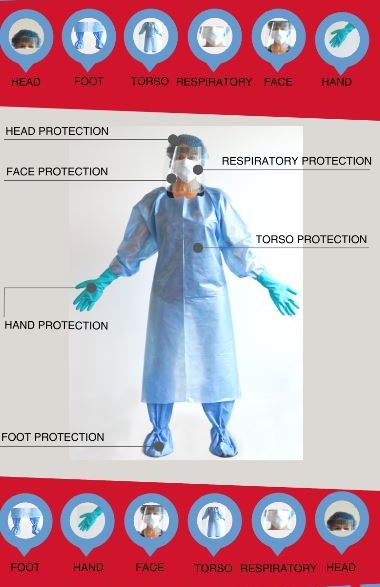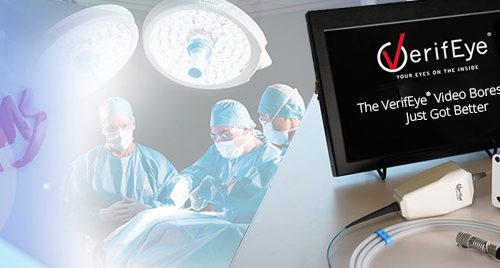Traffic Control
Traffic patterns should be designed to facilitate movement of personnel, equipment, and supplies into, through, and out of defined areas within the SPD area.

There is a need to limit movement and personnel in restricted areas. Air-Borne transmission of bacteria includes dust, sloughed skin cells, wet respiratory droplets, and a variety of particles drifting within the “sterile zone.”
YOU can help lower the incident of cross contamination. Are you wearing freshly laundered scrubs? Are you wearing long sleeves? Have you 5S ‘d your work station to minimize your movements for the day (Sort, Set in order, Shine, Standardize and Sustain)?
ANSI/AAMI ST79:2017
3.2.3 Traffic control
“Traffic patterns should be designed to facilitate movement of personnel, equipment, and supplies into, through, and out of defined areas within the Sterile Processing Area (SPD) area.
The SPD/area design should include two designated spaces that are defined by the activities performed in each area:
- Unrestricted areas: These areas include locker rooms, break rooms, meeting rooms, offices, and sterilizer service access rooms. Street clothes are permitted in these areas. Public access to these areas may be limited based on the facility’s policies and procedures. The specific areas where food and drink are permitted (e.g., break rooms, meeting rooms, offices) should be identified in the facility’s policies and procedures.
- Restricted areas: Areas in which decontamination, preparation and packaging, sterilization processing, sterile storage, and distribution are carried out. Personnel in the restricted areas should wear surgical attire and cover head and facial hair. Only authorized personnel and visitors accompanied by authorized personnel should be admitted to this area.
Written policies and procedures regarding traffic control should:
- Limit access to restricted areas to authorized personnel
- Specify criteria for authorized entry, movement within processing areas and attire.
- Establish a dress code for all personnel and visitors who enter restricted areas (see also 4.5).
- Specify the responsibility and authority for enforcing traffic-control policies and procedures.
- Rationale: Personnel and visitors can carry microorganisms into processing areas, thus increasing the potential for environmental contaminants in these areas. It is important to protect personnel and visitors from the microorganisms present on contaminated items being processed in the decontamination area.”



